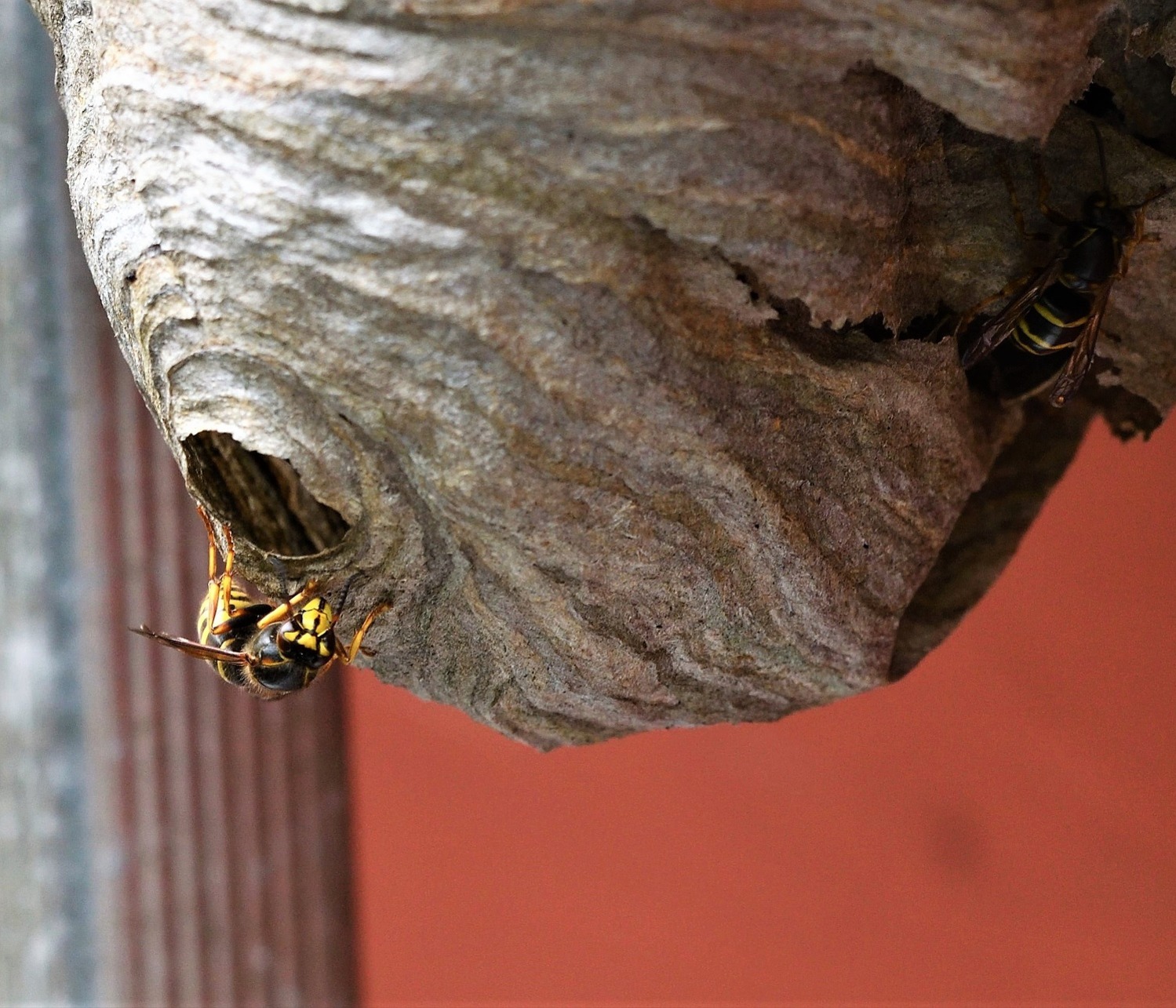What good are wasps?
Posted on 28th June 2020 at 12:43
We often get asked a barrage of questions about wasps when we out and about dealing with jobs in Reading, the most common question must be "What good are wasps"?
Well the answer to that question and a few others is included in this blog.
What is the most common wasp found in the area?
We are often asked what the most common wasp found in Reading is and this is the aptly named common wasp or Vespula vulgaris; occasionally its referred to as the yellowjacket from the American name but many people will recognise them as jaspers.
These are large wasps measuring between 12 and 17mm in length, they make their nests from rotten wood so the colour of the structure will be cream unlike other wasps that chew up dry wood and so will have a grey coloured nest.
Of course, this only refers to social wasps; the ones that build large nests and make themselves a nuisance. These wasps make up a small percentage of the wasp species population as many would be described as a small black insect and in fact, the smallest insect in the world is a wasp – the fairyfly.
These type of wasps are solitary in nature and predate other insects, they carry no sting and are in fact extremely beneficial to agriculture.

A common wasp

The swirls of a wasp nest
Are all the wasps in a nest related?
Every wasp nest starts in the spring from the determination of a single Queen wasp; she would have overwintered somewhere dry and with a stable temperature. When she emerges in April or May she starts building her nest, constructing the fabric of the walls and brood cells, laying eggs, feeding the developing larvae and finally, feeding herself.
Her offspring at this stage will be female workers; these insects are produced without reproductive organs and their entire lifespan is devoted to the Queen and the colony. Their job is to bring food in for the larvae that the Queen keeps on producing and protecting the nest – this is a deep rooted social contract where the passing of their collective genes are the most important thing and this goes someway to explain why they can react with such aggressiveness when disturbed.
However things may not always seem as they are; the Queen would have mated with a male wasp to become fertilised, many Queens will mate with several males and use their sperm to raise a colony of sisters from different fathers. A more eclectic gene pool gives rise to a healthier and stronger colony but raise issues with the quirky nature of wasps; female wasps are produced from fertilised eggs and male wasps from unfertilised eggs.
All worker wasps can lay unfertilised eggs, they cannot reproduce completely but they can lay eggs and in a colony where the workers may be half-siblings occasionally a breakdown in order ensues and some workers will start laying their own (male) eggs.
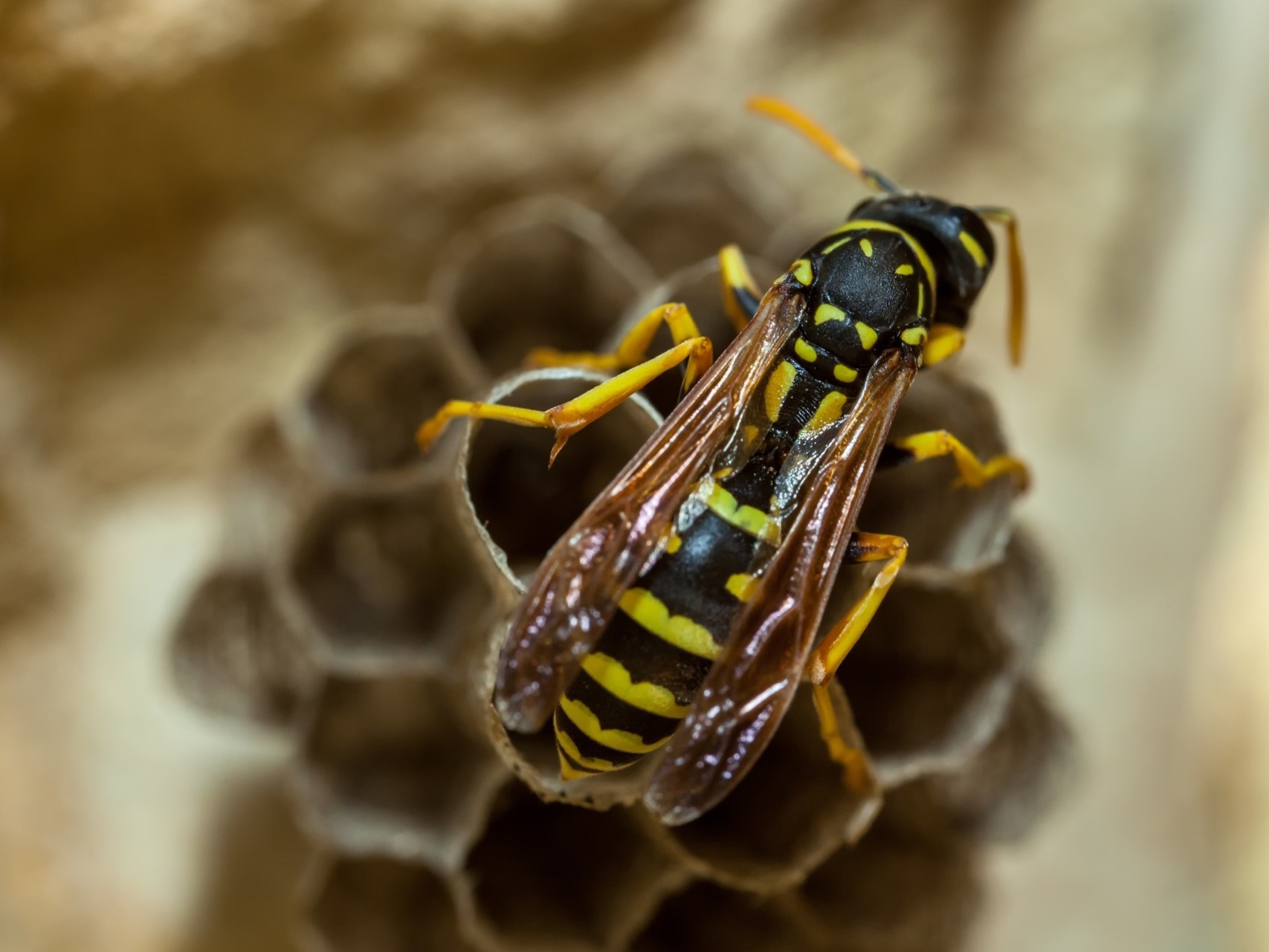
The Queen wasp building the first brood chambers

The early development of a wasp nest
What good are wasps?
Well a world without wasps would be one with poor quality fruit, more insects and generally less pollination and so food shortages. Wasps predate insects and so they eat their way through tonnes of parasites benefitting our soft fruit industry.
Wasps also drink nectar from flowering plants and its thought that this habit leads to almost as much pollination as honey bees and in a world where our bees are under threat this is a very good thing for us.
The Chinese started paper production from noticing the construction of a paper nest from wood pulp over 2000 years ago, so we may have the invention of paper to thank the wasps for and scientific research is now looking at chemicals in wasp venom to see if they can selectively destroy cancer cells. Wasps may not be everyone’s favourite but they do have their benefits.

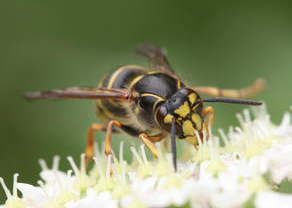
Wasps are important pollinators
How many wasps species do we have in the UK?
The wasps that we concentrate on as pests number a mere nine if you include two species that you probably won’t see in numbers for some years to come; the European paper wasp and the Asian hornet.
These two species have a foothold in northern France and westerly winds and summer heat plumes will bring individuals over until they start to colonise our shores for good. The number of species of wasp found in the UK is around 9000; the remainder of these are solitary wasps and not considered pests.
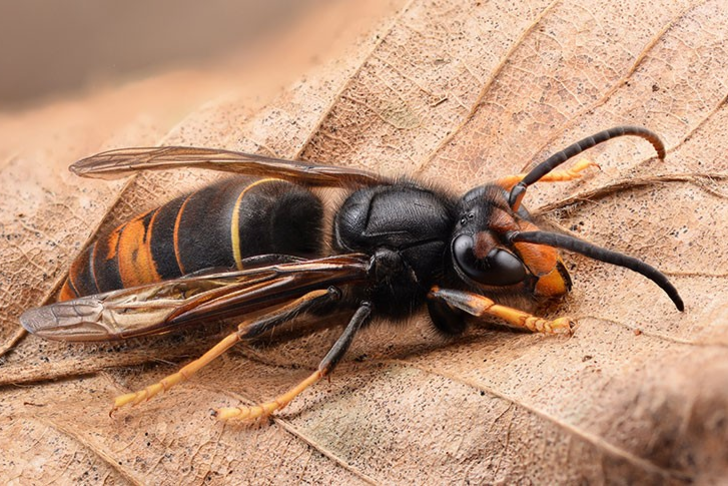
The invasive Asian hornet

Our native hornet - the European hornet
Why do wasps become so pesky in the autumn?
We have all been to a pub garden or out on a picnic and the wasps just won’t leave us alone, buzzing around and continually harassing us. Wasps catch insects to feed the larvae, however they cannot digest solid food so instead they feed on a sugar rich excrement produced by the larvae in return for feeding. When the larvae have all pupated and left the nest the workers source of food has disappeared.
Throughout the late summer and early autumn these workers need to feed on sugar: nectar, the residue of liquid left in the bottom of a coke can and any sugars breaking down from rotten fruit. Wasps will be drawn to sweet tones carried in the air like perfume and hairsprays, when wasps keep on buzzing us this is because they are starving.


Wasps are drawn to sweet sugary liquids when the colony comes to the natural end of its life
How many wasps will be inside a wasp nest?
Typically at the height of the season the numbers will be in the thousand or so, some of the larger species like the Common wasp and the German wasp may have numbers that reach into several thousand and this is why we carryout wasp control.
Wasps sting as a defence mechanism and this can lead to potentially life threatening reactions in some people, we destroy and remove wasp nests throughout the summer when their presence conflicts with ours.
A wasp nest left untreated will become a problem eventually and so we recommend that if it near the house it gets treated, nests that are remote or situated far from a residence can be left and really they should be as wasps are part of the environment after all.
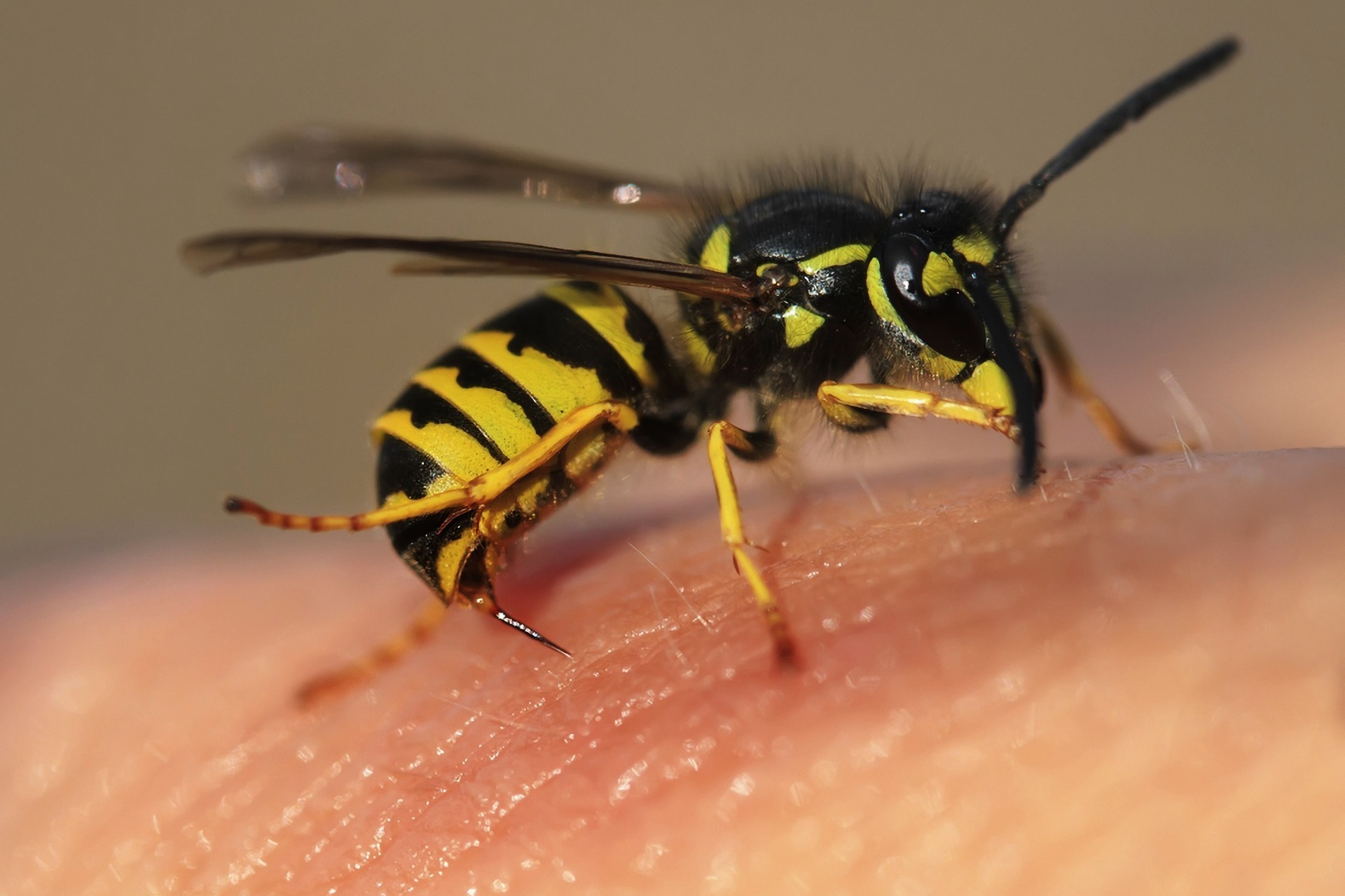

Tagged as: Bee's and wasps
Share this post:







